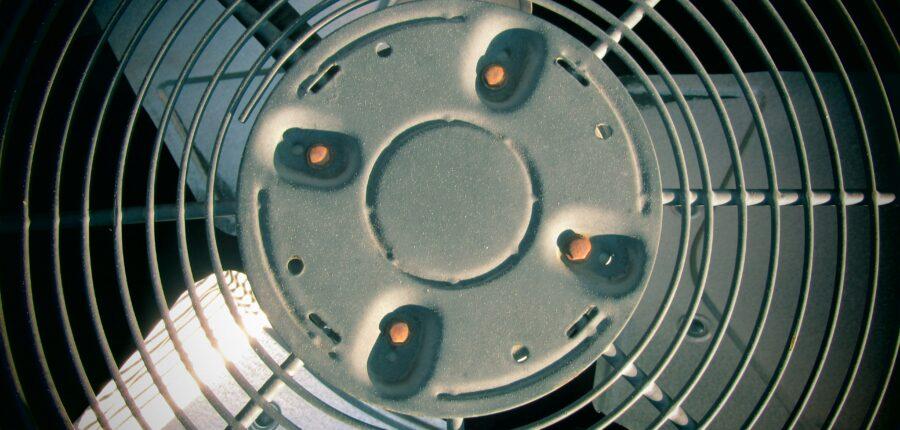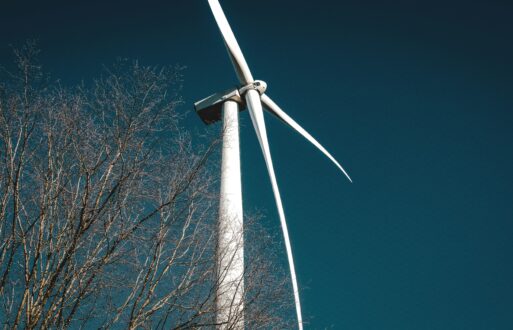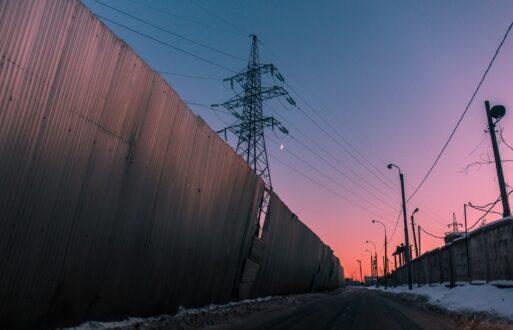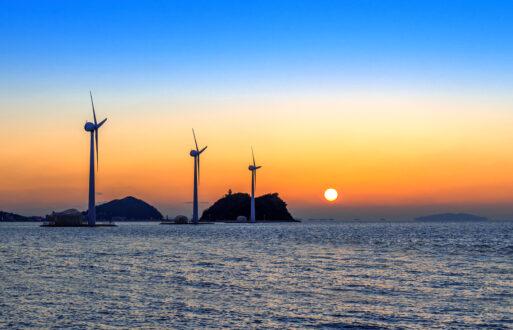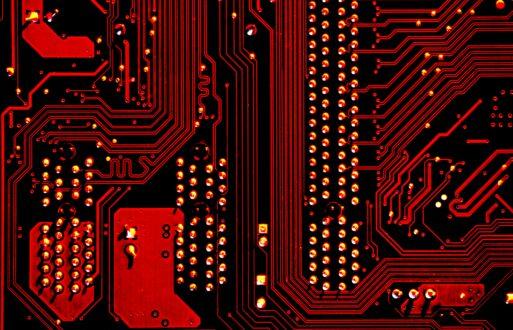Disclaimer: This blog post was generated using PCI’s ISO/RTO Documentation AI Chatbot, powered by ChatGPT. While the content is based on curated market documentation, it is intended for informational purposes only and may not reflect the most up-to-date or comprehensive information. We recommend verifying any key details directly with relevant sources before making business decisions.
For the latest answer to this question, generated live, visit our free ISO/RTO Documentation Chatbot.
Blackstart generators play a crucial role in the restoration of power systems following a complete or partial blackout. These generators are capable of starting up independently without relying on the external electric power grid. This capability is essential for re-energizing the grid and restoring normal operations. In this primer, we will explore the basic requirements for a generator to be used in blackstart operations and the startup time requirements for these generators.
Understanding the role and requirements of blackstart generators is vital for ensuring grid reliability and resilience. This blog post will delve into the essential criteria these generators must meet and the critical startup time needed to support efficient power system restoration.
ISO/RTO Documentation Chatbot
Use our AI to search Business Practice Manuals from ISO/RTO markets at no cost.
What is a blackstart generator?
A blackstart generator is a specialized type of power generator capable of starting up independently without any external power supply. In the event of a complete or partial power grid failure, the electric grid cannot rely on the usual power plants because they need grid electricity to initiate startup. Blackstart generators, however, can self-start without external assistance, making them essential for initiating the grid recovery process.
Once operational, blackstart generators supply the initial power needed to restart other power plants and re-energize the transmission system. These generators act as the foundation for the power restoration sequence, gradually bringing the entire grid back online in stages.
Typically, blackstart generators are smaller, highly reliable units like hydropower turbines, diesel generators, or gas turbines. Their ability to function autonomously ensures that they can be deployed during critical emergencies when the main grid is unavailable, making them indispensable for grid stability and resilience during outages.
What are the basic requirements for a generator to be used in blackstart operations?
To qualify as a blackstart generator, a unit must meet several stringent requirements to ensure it can reliably contribute to system restoration. Here are the key criteria:
- Self-starting capability: The generator must be able to start without any external power source. This is fundamental, as the grid is not available to provide the initial power needed for startup.
- Dead bus closure: The generator must be capable of closing to a dead bus, meaning it can connect to a de-energized transmission line and begin supplying power.
- Sustained operation: The generator must be able to sustain its output for a specified minimum period, typically ranging from 12 to 16 hours, to support the restoration process.
- Reactive power capability: The generator must provide sufficient reactive power to control system voltages and support the energized transmission bus voltages within emergency limits.
- Fuel assurance: The generator must have an adequate and reliable fuel supply to ensure continuous operation during the restoration period.
- Testing and reliability: The generator must undergo periodic testing to verify its blackstart capability and ensure it is available and reliable when needed.
How quickly does a blackstart generator need to start up?
The startup time for blackstart generators is critical, as it directly impacts the speed and efficiency of the power system restoration process. The specific requirements can vary by ISO/RTO, but generally, the following guidelines apply:
- Initial startup time: Blackstart generators must be able to start up within a short period after receiving a start command. For example, in the CAISO market, blackstart generators must be able to start up with a dead primary and station service bus within ten minutes of an Exceptional Dispatch.
- Sustained output: Once started, the generator must be capable of sustaining its output for a minimum period, typically 12 hours, to ensure it can support the grid until other generation sources are brought online.
- Zero load operation: The generator must be able to operate at zero load for the time required to accomplish the goals of the Transmission Operator’s System Restoration Plan, ensuring it can stabilize the system before load is gradually added.
Blackstart generators are indispensable assets in the power grid, providing the necessary capability to restore operations following a blackout. Understanding the basic requirements and startup time for these generators is essential for ensuring grid reliability and resilience. By meeting stringent criteria and undergoing regular testing, blackstart generators ensure that power systems can recover swiftly and efficiently from disruptions, maintaining stability and service continuity for all users.
For more insights on battery energy storage and its role in the electric grid, visit our blog post, “Battery Energy Storage and the Electric Grid.”

